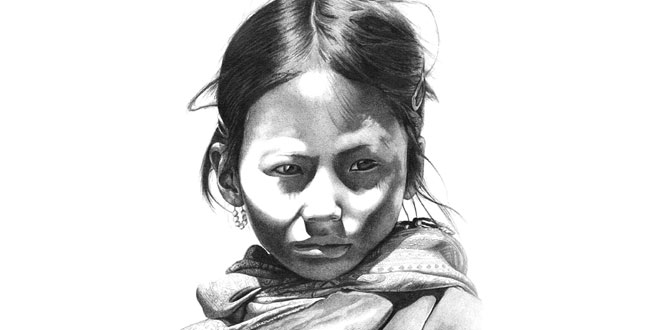Question: What were the social changes that occurred in the Maasai pastoral community?
Answer: The social changes in the Maasai society occurred at two levels.
Firstly, the traditional difference based on age, between the elders and warriors, was disturbed, though it did not break down entirely. Secondly, a new distinction between the wealthy and poor pastoralists developed.
The pastoral communities in different parts of the world were affected in a variety of ways, by the changes in the modern world. New laws and new borders affected the patterns of their movement and their livelihood.
Question: How did the pastoralists in Africa adapt themselves to tide over the bad times?
Answer: The life of poor pastoralists, in Africa, who depended mainly on their livestock, became very difficult in times of war and famine. during these times they lost every thing.
To tide over the bad times the pastoralists had to go looking for work in towns. Some found a living as charcoal burners and others did odd jobs. A few of the pastoralists were lucky to get more regular work in road or building construction.
Question: How did the British administer the affairs of the Maasai community?
Answer: The British appointed chiefs of different sub-groups of the Maasai community to administer their affairs. They were made responsible for the affairs of the tribe. The chiefs appointed by the colonial government accumulated wealth over the years. They had a regular income with which they could buy animals, goods and land. Many of them began living in towns, and became involved in trade.
Question: What were the views of Environmentalists and economists on pastoral nomadism?
Answer: Environmentalists and economists felt that pastoral nomadism was the way of life that was best suited to many hilly and dry regions of the world.
Question: Explain the movement of the Gujjar Bakarwals of Jammu and Kashmir.
Or
Explain the annual movement of the Gujjar Bakarwals.
Answer: The Gujjar Bakarwals migrated to Jammu and Kashmir in the 19th century in search of pastures for their animals.
- Winter: When the high mountains were covered with snow and there was lack of pastures at the high altitude, they moved to low hills of the Shiwalik. The dry scrub forests here provided pastures for their herds. By the end of April, they began their northern march for their summer grazing grounds.
- Summer: With the onset of summer, the snow melted and the mountain sides became lush green. By the end of September, the Bakarwals started their backward journey.
 Class Notes NCERT Solutions for CBSE Students
Class Notes NCERT Solutions for CBSE Students




